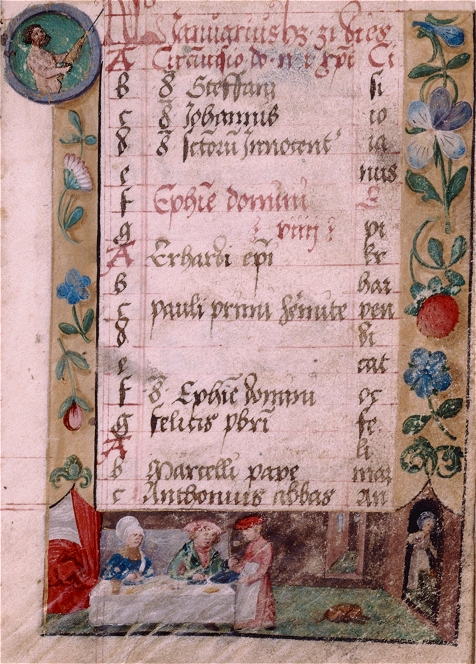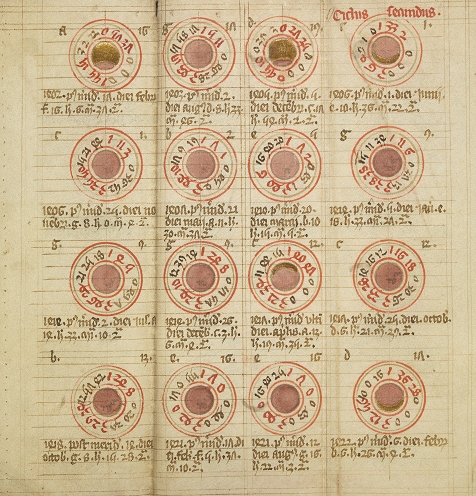June Holy Days and Festivals
- 1
- St Justin (d. 167)
- St Wistan (d. 850)
- 2
- St Erasmus (d. ca. 300)
- 3
- St Clotildis (d. 545)
- 4
- St Optatus (fourth century)
- St Petroc (sixth century)
- 5
- St Boniface (ca. 690-775)
- 6
- St Norbert (1080-1134)
- 8
- St William (d. 1154)
- 9
- St Columba (521-597)
- St Ephraem (d. ca. 373)
- 11
- St Barnabas (first century)
- 13
- St Antony of Padua (1195-1231)
- 15
- St Vitus (fourth century)
- 16
- St Cyr of Quiricus (d. 304)
- St Julitta (d. 304)
- 17
- St Botulf (d. 680)
- 19
- St Juliana Falconieri (1270-1340)
- St Romuald of Ravenna (ca. 950-1027)
- 20
- St Alban (third century)
- 21
- Midsummer's Eve: Mummers, acrobats and musicians played an important role in this celebration of summer. During the feast, special foods were served such as destiny cakes, which were cakes shaped like various items and St. John's bread, which was made from locust seed pods. Other customs included a quest for St. John's fern. Tradition held that the finder could become invisible at will. The wet fire ceremony was performed by either carving a wish on a wooden boat or writing it on a piece of paper and placing the paper on a boat. A lit candle was set in the middle of the boat, then the boat was released in a stream or pool of water. If the boat made it to the other side with the candle still lit, the wish would be granted. If it sank, or if the candle was extinguished, then the wish would go unfulfilled. The feast ended with a dance called Threading the Needle, which was a line dance around the bonfire. When the dance was over, the people threw torches into the water and doused the fire.
- 22
- St Paulinus of Nola (d. 431)
- 23
- St Aetheldreda (Audry) (d. 679)
- 24
- St John the Baptist (d. ca. 30): A crooked bone taken from a frog which was to be killed on St. John's Eve, cleaned and dried over a fire of rowan and then powdered and sprinkled on food was considered to be a love potion. In Scotland, farmers lit a heather torch from the bonfire. To ensure good crops it must stay lit while it was carried around the circumference of the field. Young people jumped through the embers of the fire to be blessed, then everyone joined in dancing until dawn.
- 25
- St William of Vercelli (1085-1142)
- 26
- St Anthelm (1107-1178)
- 27
- St Cyril (d. 444)
- 28
- St Irenaeus (d. 202)
- 29
- St Martha (first century)
- St Peter (d. ca. 64)
- 30
- St Paul (first century)
Photo credits: (Related Resources) (1) Opening page of calendar, elaborate border design with human figures, 1530, Digital Collections, The New York Public Library on Wikimedia Commons (2) Medieval folding almanac, ca. 15th century, Wellcome Library on Wikimedia Commons, Creative Commons CC BY 4.0

